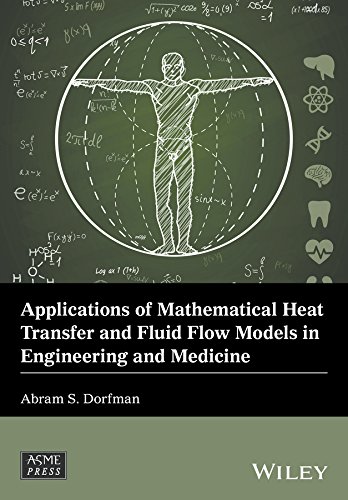

Most ebook files are in PDF format, so you can easily read them using various software such as Foxit Reader or directly on the Google Chrome browser.
Some ebook files are released by publishers in other formats such as .awz, .mobi, .epub, .fb2, etc. You may need to install specific software to read these formats on mobile/PC, such as Calibre.
Please read the tutorial at this link: https://ebookbell.com/faq
We offer FREE conversion to the popular formats you request; however, this may take some time. Therefore, right after payment, please email us, and we will try to provide the service as quickly as possible.
For some exceptional file formats or broken links (if any), please refrain from opening any disputes. Instead, email us first, and we will try to assist within a maximum of 6 hours.
EbookBell Team

4.0
6 reviewsApplications of mathematical heat transfer and fluid flow models in engineering and medicine
Abram S. Dorfman, University of Michigan, USA
Engineering and medical applications of cutting-edge heat and flow models
This book presents innovative efficient methods in fluid flow and heat transfer developed and widely used over the last fifty years. The analysis is focused on mathematical models which are an essential part of any research effort as they demonstrate the validity of the results obtained.
The universality of mathematics allows consideration of engineering and biological problems from one point of view using similar models. In this book, the current situation of applications of modern mathematical models is outlined in three parts. Part I offers in depth coverage of the applications of contemporary conjugate heat transfer models in various industrial and technological processes, from aerospace and nuclear reactors to drying and food processing. In Part II the theory and application of two recently developed models in fluid flow are considered: the similar conjugate model for simulation of biological systems, including flows in human organs, and applications of the latest developments in turbulence simulation by direct solution of Navier-Stokes equations, including flows around aircraft. Part III proposes fundamentals of laminar and turbulent flows and applied mathematics methods. The discussion is complimented by 365 examples selected from a list of 448 cited papers, 239 exercises and 136 commentaries.
Key features:
This book is an ideal reference for graduate and post-graduate students and engineers.